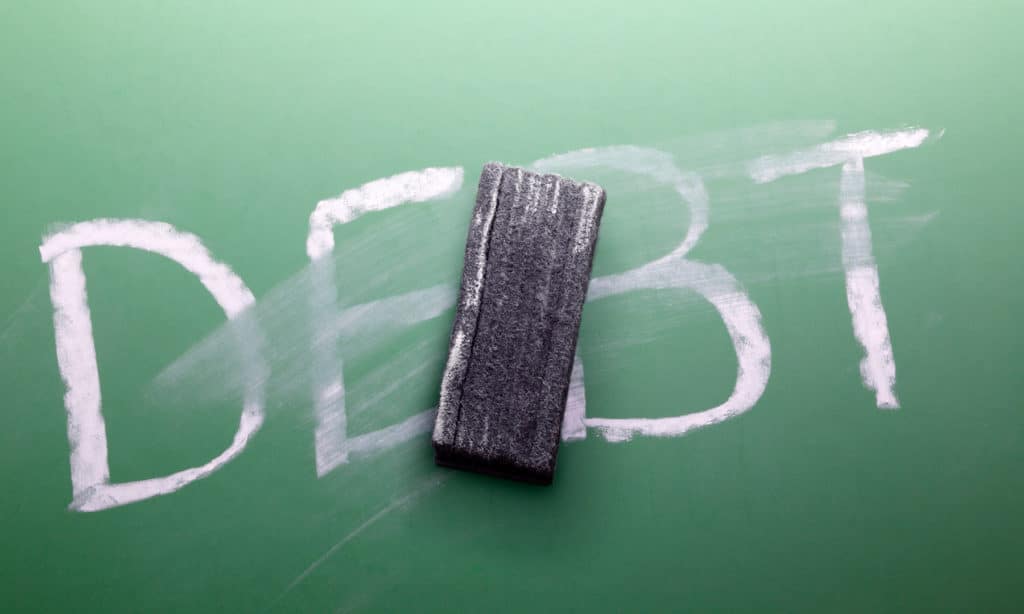Even a bit of debt is too much. You may wonder about the best way to pay off debt, and Coast Tradelines is here to offer you two options. Let’s break down the snowball and avalanche methods. Hopefully, by the end of this article, you’ll feel more confident about wiping out your debt quickly and efficiently.
The Snowball Method
With the snowball method, you take care of the minimum payment for all debts. To pay off credit cards and loans faster, sift through your spending to see where you can make cuts. For instance, cooking at home more and borrowing movies from your local library can free up funds. You can also work a part-time job to boost your income. However you free up cash, use the surplus to pay more than the monthly minimum for your smallest debt. Once you pay that debt off, use your freed-up funds and the money you once spent on your smallest debt to pay down your next-smallest account. Continue the process until you dig yourself out of debt.
One advantage of the snowball method is that you experience the joy and satisfaction of paying off debt faster than you would if you continued only paying the minimum amount. This elation can encourage you to continue your efforts on your remaining debts. Another great thing is with each account you pay off, you have more funds to attack your next debt. Also, a majority of financial professionals agree that most consumers have an easier time sticking to the snowball method, mainly because of the sense of accomplishment paying off debt delivers.
Unfortunately, this payment method comes with its share of pitfalls. For instance, you may pay more in interest following this payment route than you would with the avalanche method. Small debts often come with smaller interest rates. Another disadvantage of the snowball method is it may take longer than you like to wipe debt out.
The Avalanche Method
The avalanche method involves focusing more on interest rate rather than dollar amount. Much like the snowball method, keep making monthly minimums to kick off the avalanche method. After freeing up funds or boosting your income, focus on attacking the debt with the highest interest rate first. Once you take care of that debt, use the money that went towards the account and your extra income to tackle the next debt with the highest interest rate.
One disadvantage of the snowball strategy becomes an advantage with the avalanche strategy, which is you pay less interest. Using this method also digs you out of debt faster.
Over time, your dedication may feel detrimental, as it can take a while before you pay off the debt with the highest interest. Feeling impatient, frustrated or defeated about using the avalanche method could negatively affect your emotional health. It may feel like watching a glacier melt, rather than the sensation of witnessing a rapid fireworks display like you experience with the snowball method. Both disadvantages create a third pitfall: Having trouble seeing the avalanche method through. Only you can decide if you have the mental fortitude to stick to your payoff plan long enough to eliminate debt.
Choosing the Right Method for You
After evaluating both game plans, do you still not know which represents the best option? Decide by calculating how long either method takes and how much you pay back after including interest. Your calculations should include:
- Each account’s APR
- All account balances
- Your regular minimum payment for each debt
- How much you can pay each month for each debt
Hopefully, your figures make it easy to determine the most favorable plan.
Combining the Two Methods
Rather than decide between the benefits of either strategy, you can combine both to enjoy all their advantages. Start by concentrating on debts carrying the largest interest rates. After wiping those out, set your sights on accounts with the lowest interest rates, beginning with the lowest and working your way up. The low interest rates work in your favor by making it easier to take care of low-interest debt faster.
Because accounts with the highest interest rates are likely credit cards, blending the avalanche and snowball methods can boost your credit score faster. Carrying revolving debt balances such as credit cards harms your credit score more than installment debts. Examples of installment debts include car loans, mortgages and student loans.
Method & Mindfulness
No matter which method or combination works best, it is equally essential that you develop proper financial habits while tackling debt. Neither the snowball nor avalanche strategy work if you do not improve your relationship with money. Determine which habits and mindsets landed you in debt in the first place, and work on dismantling them.
Which method sounds like the most favorable fit for you? If you have trouble deciding, or if you want more information about paying off debt fast, Coast Tradelines representatives are standing by to answer your questions.


